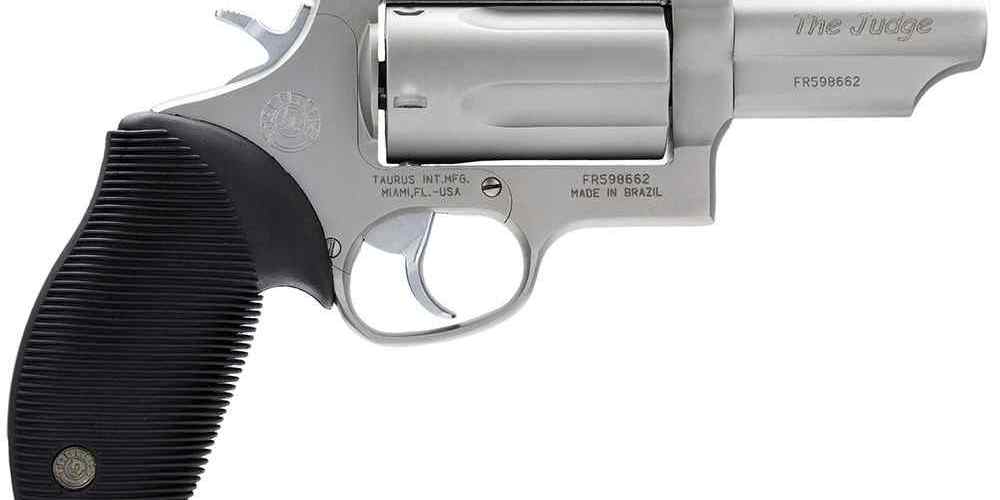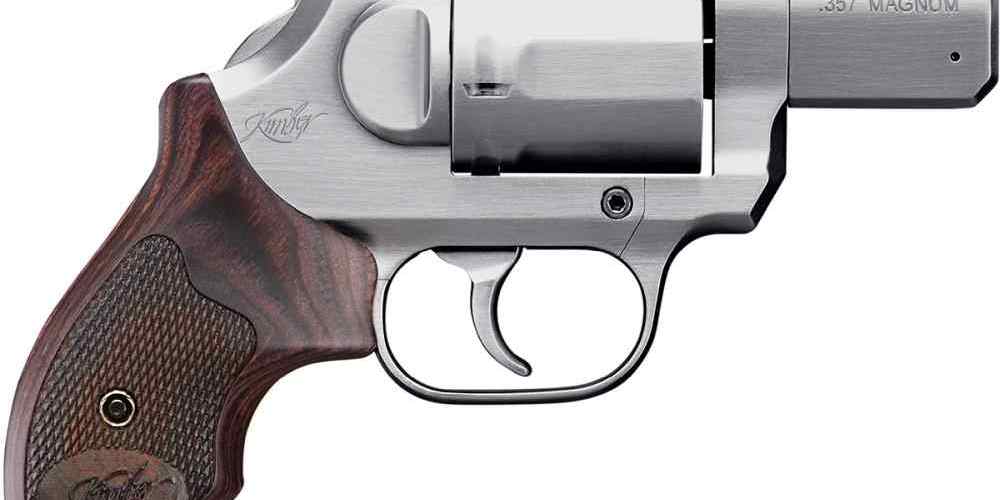“Where innovation meets firepower.”
Smart Guns: The Future of Firearm Safety
In recent years, the intersection of firearms and technology has led to some exciting developments in the industry. One area that has seen significant advancements is in the realm of smart guns. These firearms are equipped with technology that enhances safety and security, making them a promising option for gun owners looking for added peace of mind.
One of the key features of smart guns is their ability to only be fired by authorized users. This is typically achieved through biometric sensors or RFID technology that can identify the gun owner and prevent unauthorized individuals from using the firearm. This not only helps prevent accidents involving children or unauthorized users but also adds an extra layer of security in the event the gun is stolen.
Another benefit of smart guns is their ability to track and monitor usage. Some models are equipped with GPS technology that allows gun owners to track the location of their firearm in real-time. This can be particularly useful for law enforcement agencies or gun owners who want to keep tabs on their weapon’s whereabouts.
In addition to safety and security features, smart guns also offer enhanced customization options. Many models allow users to adjust settings such as trigger sensitivity, grip size, and firing modes to suit their preferences. This level of customization can improve accuracy and comfort, making shooting more enjoyable for gun owners.
Despite these advancements, smart guns still face some challenges when it comes to widespread adoption. One of the main concerns is reliability. Critics argue that the technology used in smart guns is not foolproof and could potentially fail in a life-threatening situation. Additionally, the cost of smart guns is often higher than traditional firearms, making them less accessible to some gun owners.
Despite these challenges, the future looks bright for smart guns. As technology continues to evolve, we can expect to see even more advanced features and improvements in the coming years. With the potential to revolutionize firearm safety and security, smart guns are poised to become an integral part of the firearms industry.
In conclusion, smart guns represent an exciting development at the intersection of firearms and technology. With their enhanced safety features, customization options, and potential for future advancements, smart guns offer a promising solution for gun owners looking to improve their shooting experience. While challenges remain, the continued evolution of smart gun technology is sure to shape the future of the firearms industry.
3D Printing and Firearms: A Controversial Combination
The intersection of firearms and technology has always been a controversial topic, with advancements in technology constantly changing the landscape of gun ownership and regulation. One of the most recent and controversial developments in this area is the use of 3D printing to create firearms.

3D printing, also known as additive manufacturing, is a process that creates three-dimensional objects by layering materials on top of each other. This technology has been used in a variety of industries, from healthcare to aerospace, but its application in creating firearms has raised serious concerns.
One of the main issues with 3D printed firearms is their accessibility. Traditional firearms are subject to strict regulations and background checks, but 3D printed guns can be created at home with little to no oversight. This has raised concerns about the potential for these weapons to fall into the wrong hands, such as criminals or individuals with malicious intent.
Another concern is the durability and safety of 3D printed firearms. Unlike traditional firearms, which are made of metal and undergo rigorous testing, 3D printed guns are often made of plastic or other materials that may not be as reliable. There have been reports of 3D printed guns malfunctioning or exploding during use, posing a serious risk to the user and those around them.
Despite these concerns, proponents of 3D printed firearms argue that they offer a level of customization and innovation that traditional firearms cannot match. With 3D printing, individuals can create firearms that are tailored to their specific needs and preferences, allowing for a level of personalization that is not possible with off-the-shelf guns.
Additionally, 3D printing has the potential to revolutionize the firearms industry by making it easier and more affordable to produce guns. This could lead to a democratization of gun ownership, with individuals no longer reliant on traditional manufacturers to obtain firearms.
However, the legality of 3D printed firearms remains a gray area. In the United States, the Undetectable Firearms Act prohibits the manufacture, sale, or possession of firearms that are undetectable by metal detectors. While some 3D printed guns may contain metal components to comply with this law, others may not, raising questions about their legality.
In response to these concerns, some lawmakers have proposed regulations to restrict the production and distribution of 3D printed firearms. However, enforcing these regulations can be challenging, as the decentralized nature of 3D printing makes it difficult to track and regulate the production of these weapons.
As technology continues to advance, the intersection of firearms and 3D printing will likely remain a contentious issue. While 3D printed firearms offer new possibilities for customization and innovation, they also raise serious concerns about accessibility, safety, and legality. Finding a balance between these competing interests will be crucial in shaping the future of firearms technology.
Blockchain Technology in Gun Ownership and Tracking
In recent years, the intersection of firearms and technology has become increasingly prevalent. One of the most exciting developments in this field is the use of blockchain technology in gun ownership and tracking. Blockchain, the decentralized and secure digital ledger technology behind cryptocurrencies like Bitcoin, has the potential to revolutionize the way we manage and monitor firearms.
One of the key benefits of using blockchain technology in gun ownership is the ability to create a transparent and immutable record of who owns a particular firearm. By storing gun ownership information on a blockchain, we can ensure that the data is secure and tamper-proof. This can help prevent illegal gun sales and transfers, as well as provide law enforcement with a reliable way to track the history of a firearm.
Another advantage of using blockchain technology in gun ownership is the ability to streamline the background check process. Currently, background checks for gun purchases can be time-consuming and prone to errors. By using blockchain technology, we can create a more efficient and accurate system for verifying the eligibility of individuals to own firearms. This can help prevent guns from falling into the wrong hands and reduce the risk of gun violence.
In addition to gun ownership, blockchain technology can also be used to track the movement of firearms. By creating a digital record of when and where a gun is transferred, we can improve accountability and traceability in the gun industry. This can help law enforcement agencies investigate crimes involving firearms more effectively and hold individuals accountable for illegal gun trafficking.
One of the challenges of implementing blockchain technology in gun ownership and tracking is ensuring that the system is secure and resistant to hacking. Blockchain technology is known for its robust security features, but it is not immune to cyber attacks. To address this issue, developers are working on creating decentralized and encrypted systems that can protect gun ownership data from unauthorized access.
Despite these challenges, the potential benefits of using blockchain technology in gun ownership and tracking are significant. By creating a more transparent and secure system for managing firearms, we can improve public safety and reduce the risk of gun violence. This technology has the potential to revolutionize the way we think about gun control and regulation, and could play a crucial role in shaping the future of the firearms industry.
In conclusion, the use of blockchain technology in gun ownership and tracking represents a promising development in the intersection of firearms and technology. By leveraging the security and transparency of blockchain technology, we can create a more efficient and accountable system for managing firearms. While there are challenges to overcome, the potential benefits of this technology are vast. As we continue to explore new ways to integrate technology into the firearms industry, blockchain technology stands out as a powerful tool for improving public safety and reducing gun violence.
Virtual Reality Training for Firearm Handling
Firearms have been a part of human history for centuries, evolving from simple handheld weapons to complex and sophisticated tools. With the advancement of technology, the intersection of firearms and technology has led to modern developments that have revolutionized the way we handle and train with firearms. One such development is the use of virtual reality (VR) training for firearm handling.
Virtual reality training for firearm handling is a cutting-edge technology that allows users to simulate real-life scenarios in a controlled and safe environment. By using VR headsets and controllers, users can practice handling and shooting firearms in a realistic setting without the need for live ammunition. This technology provides a safe and effective way for individuals to improve their marksmanship skills and learn proper firearm handling techniques.
One of the key benefits of virtual reality training for firearm handling is the ability to create customized training scenarios. Users can choose from a variety of environments, such as indoor shooting ranges, outdoor shooting ranges, or even urban combat zones. This allows individuals to practice in scenarios that are relevant to their specific needs and skill levels.
In addition to customizable scenarios, virtual reality training for firearm handling also provides instant feedback to users. By tracking movements and accuracy in real-time, users can see where they need improvement and make adjustments accordingly. This immediate feedback helps users to identify and correct mistakes quickly, leading to more efficient and effective training sessions.
Another advantage of virtual reality training for firearm handling is the ability to train in a safe and controlled environment. Unlike traditional live-fire training, VR training eliminates the risk of accidental discharge or injury. This allows users to focus on improving their skills without the fear of potential harm.
Furthermore, virtual reality training for firearm handling can be used by individuals of all skill levels. Whether you are a beginner looking to learn the basics of firearm handling or an experienced shooter wanting to refine your marksmanship skills, VR training can cater to your specific needs. The technology is adaptable and can be tailored to suit the individual goals and objectives of each user.
As technology continues to advance, virtual reality training for firearm handling is likely to become more prevalent in the firearms industry. The benefits of this technology are clear, offering a safe, effective, and customizable way for individuals to improve their firearm handling skills. Whether you are a law enforcement officer, military personnel, or civilian gun owner, virtual reality training for firearm handling can help you become a more proficient and responsible shooter.
In conclusion, the intersection of firearms and technology has led to modern developments that are shaping the way we handle and train with firearms. Virtual reality training for firearm handling is just one example of how technology is revolutionizing the firearms industry. With its customizable scenarios, instant feedback, and safe environment, VR training offers a unique and effective way for individuals to enhance their marksmanship skills. As this technology continues to evolve, it is likely to become an essential tool for anyone looking to improve their firearm handling abilities.
Biometric Security Features in Firearms
Firearms have been a part of human history for centuries, evolving from simple handheld weapons to complex machines capable of incredible precision and power. In recent years, technology has played a significant role in shaping the future of firearms, with advancements in biometric security features leading the way.
Biometric security features in firearms are designed to enhance safety and prevent unauthorized use. By incorporating biometric technology, such as fingerprint scanners or facial recognition software, manufacturers are able to ensure that only authorized users can access and operate their firearms.
One of the most common biometric security features found in modern firearms is the fingerprint scanner. This technology allows gun owners to program their fingerprints into the firearm’s system, granting them exclusive access to the weapon. In the event that the firearm falls into the wrong hands, the fingerprint scanner will prevent unauthorized users from firing the gun.
Facial recognition software is another biometric security feature that is gaining popularity in the firearms industry. By scanning the user’s face and comparing it to a pre-programmed database, the firearm can determine whether or not the person holding the weapon is authorized to use it. This added layer of security helps to prevent accidents and misuse of firearms.
Biometric security features in firearms are not only designed to enhance safety, but also to provide convenience for gun owners. By eliminating the need for traditional keys or combination locks, biometric technology allows for quick and easy access to firearms in emergency situations. This can be especially important for individuals who need to defend themselves or their loved ones quickly and efficiently.
In addition to enhancing safety and convenience, biometric security features in firearms also have the potential to reduce gun violence and accidents. By ensuring that only authorized users can access and operate firearms, manufacturers are helping to prevent tragedies caused by unauthorized use of weapons. This technology can also help to prevent children from accidentally firing guns that they should not have access to.
While biometric security features in firearms offer many benefits, there are some challenges that manufacturers must overcome. One of the main concerns is the reliability of the technology, as false positives or failures in the biometric system could prevent authorized users from accessing their firearms when they need them most. Additionally, there are concerns about the cost of implementing biometric security features in firearms, as this technology can be expensive to develop and integrate into existing firearm designs.
Despite these challenges, the intersection of firearms and technology continues to evolve, with biometric security features leading the way in enhancing safety and preventing unauthorized use of firearms. As technology continues to advance, we can expect to see even more innovative developments in the field of firearms, further improving the safety and security of gun owners and the general public alike.




